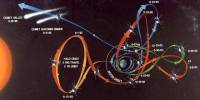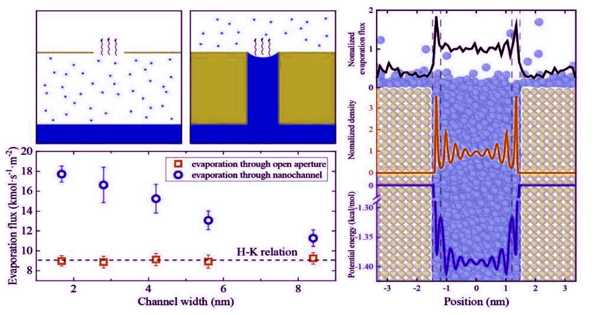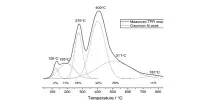For the first time, a quantum gas has been discovered that can concurrently transmit sound waves at two distinct speeds. Any event that creates sound produces two waves that diverge, enabling an observer to hear everything twice if they could survive the epic cold. Helium is a superfluid, which means it can flow indefinitely without losing energy or viscosity. Superfluids exhibit a variety of behaviors that are so unlike those of conventional liquids that they appear magical, just like superconductivity of electricity leads to unusual behaviors such as magnetic levitation.
The duplication of sound waves moving at various speeds is one of these that isn’t shown in party tricks films but is recognized by quantum physicists as a distinguishing trait. A team lead by Dr Timon Hilker of the University of Cambridge describes creating a quantum or Bose gas consisting of potassium atoms that have been chilled to a millionth of a degree above zero and trapped in laser beams in Physical Review Letters. In this gas, sound waves doubled up, creating distinct resonances and standing waves. Only one of these resonances survives when the gas is heated over its critical temperature.
The fact that the gas partially forms a Bose-Einstein Condensate (BEC) – a state of matter in which large numbers of atoms collectively exhibit the unusual mixture of particle and wave-like characteristics found in photons and electrons – is crucial to understanding the behavior. BECs are usually associated with liquids rather than solids or gases, but in this case, the material was as compressible as air and so clearly a gas. A two-fluid model with heated and condensed atoms coexisting best describes the observed behavior. Because of the extreme cold, allusions to thermal atoms seem a touch humorous, and they are undoubtedly sluggish moving, but they nonetheless act like a gas.
A pressure wave of density oscillations in these heated atoms produces the initial sound, which is identical to the sound we hear in air. The condensate is used to transmit the second wave. This is the same model that has been used to describe superfluid helium since the 1940s. The authors discovered that the speed of the two sound waves is identical at temperatures just above absolute zero. However, as temperatures approach a significant percentage of the critical temperature, the first sound accelerates while the second slows, creating a significant gap between them.
Most people would be satisfied with doing tests at a millionth of a degree above absolute zero, but the study professes a desire to “explore lower temperatures” where they believe even odd things may occur. Of course, people cannot exist, let alone communicate, in such extreme temperatures. Teachers, on the other hand, could fantasize of teaching in a Bose environment, where every word is worth repeating and you don’t have to tell them twice since they’ll hear it that way anyhow.
















